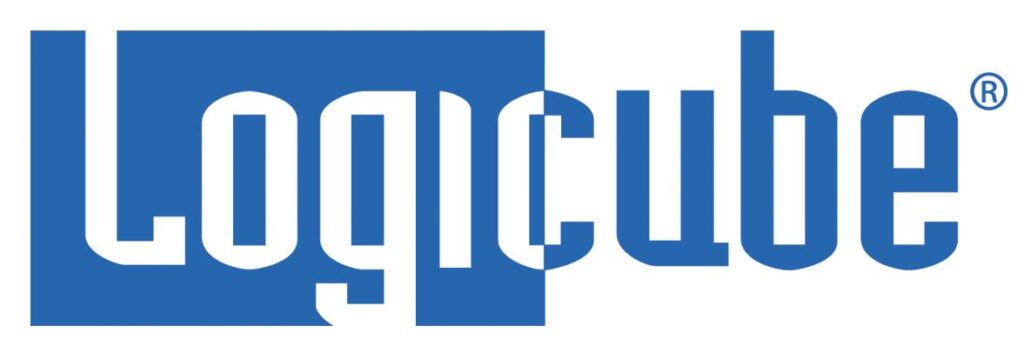Bloomberg has a story on the collaborative, private sector effort to thwart an industrial hacking campaign linked to Chinese intelligence. The effort, which involved firms like FireEye and iSight Partners “demonstrates for the first time a private-sector model that they believe can move faster than investigations by law enforcement agencies,” the report said. From the article: The take-down largely bypassed traditional law enforcement tools, relying instead on cooperation between companies that are normally fierce competitors. Coalition members — which include Microsoft Corp., Cisco Inc. and Symantec Corp. — say they can act faster than governments because they operate global Internet systems and have business relationships with tens of thousands of companies. Read more via China-Linked Hacking Foiled by Private-Sector Sleuthing – Businessweek.
Malware
Essentials for Visibility-Driven Security
Visibility is surprisingly tricky. The security industry offers many disparate tools to provide customers “visibility” into what is happening on their networks. Among them are tools that track what applications are on the network, tools for enumerating and tracking software vulnerabilities, tools for determining when sensitive data has left a network, tools that indicate when attacks are underway and tools that identify and analyze network data flows – to name just a few. Of course, layered on top of all this “visibility” are further systems that correlate and analyze what the mission-specific tools are seeing. Promises of a “single pane of glass” aside, the result is often a mishmash of data and events that require skilled security practitioners to analyze and interpret. The mishmash, in turn, leads to errors in analysis and prioritization. Albert Einstein famously said “Any fool can know. The point is to understand.” So it is in the information security industry, where a common refrain is “you can’t protect […]
Dusting For Malware’s Bloody Prints
Malicious software is nothing new. Computer viruses and worms have been around for decades, as have most other families of malware like remote access tools (RATs) and key loggers. But all our experience with malware hasn’t made the job of knowing when our organization has been hit by it any easier. In fact, recent news stories about breaches at Home Depot, Target, Staples and other organizations makes it clear that even sophisticated and wealthy corporations can easily overlook both the initial compromise and endemic malware infections – and at great cost. That may be why phrases like “dwell time” or “time to discovery” seem to pop up again and again in discussions of breach response. There’s no longer any shame in getting “popped.” The shame is in not knowing that it happened. Greg Hoglund says he has a fix for that latter problem. His new company, Outlier Security, isn’t “next generation […]
White House Cyber Chief: JP Morgan Underscores Critical Infrastructure Risk
The White House’s cyber security czar, Michael Daniel, said the Obama Administration is deeply concerned about the reported hack of systems belonging to banking giant JP Morgan Chase & Co. but sees the incident as part of a larger trend of attacks against U.S. critical infrastructure. Asked about the targeted attack against JP Morgan and other banks and financial institutions, Daniel said that the White House was concerned, but not surprised by the incident. “We have watched for several years the trend of malicious actors in cyber try to figure out how to target critical infrastructure,” he said. “Financial services is critical infrastructure.” The White House was concerned that a major U.S. bank would fall victim to hackers, but sees it in the context of a “broad trend,” rather than an isolated incident, he said. Speaking with Michael Farrell, the Cybersecurity Editor at Christian Science Monitor, Daniel hit on many of the now-common talking […]
Europol Warns of Internet of Things Risk
In a newly released report, Europol’s European Cybercrime Center (EC3) warns that the growth of the Internet of Things (IoT) threatens to strengthen the hand of organized cyber criminal groups and make life much more difficult for police and governments that wish to pursue them. EC3’s latest Internet Organized Crime Threat Assessment (iOCTA) says the “Internet of Everything” will greatly complicate the work of law enforcement creating “new opportunities for everything from cyber criminals to state actors to child abusers. The growing numbers of connected devices will greatly expand the “attack surface” available for cyber criminal activity, the EC3 warns. Cyber criminals may co-opt connected devices for use in common criminal activity (like denial of service attacks and spam campaigns). However, advancements like connected (“smart”) vehicles and infrastructure create openings for large scale and disruptive attacks. The report, which was published late last months, is a high level position paper and pulls data mostly […]






